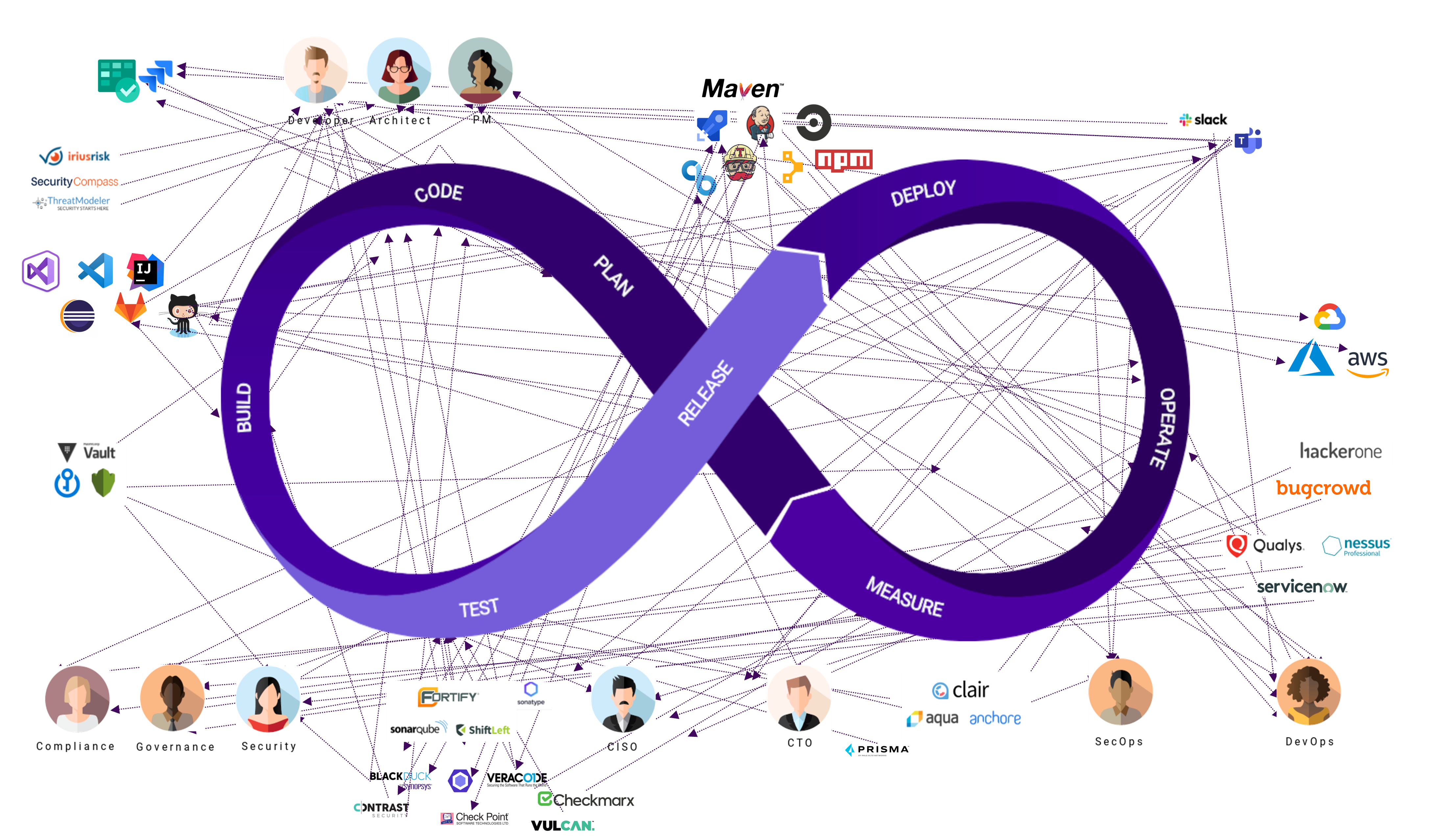Team Wabbi
January 12, 2024
What is Continuous Security And Why Is It Important?
Security in the CI/CD Evolution
66.8% of security teams


The Continuous Security Ecosystem
The CI/CD/CS
The next step in the CI/CD is to include security at every step of the SDLC.
Automation and Orchestration:
Collaboration… but Segmentation:
Want to learn more about how you can integrate AppSec in your Development pipeline?
Check out these top resources!
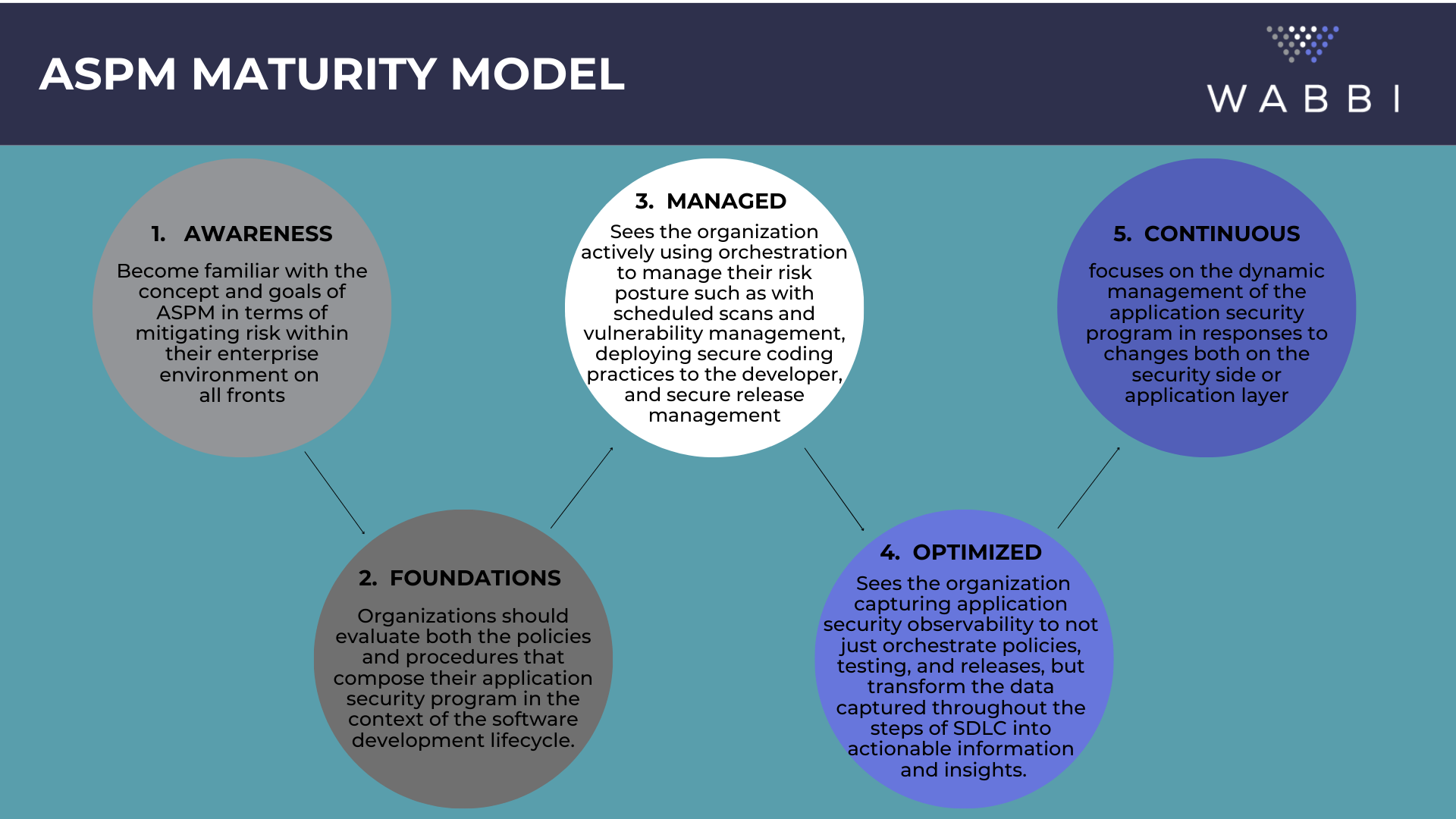
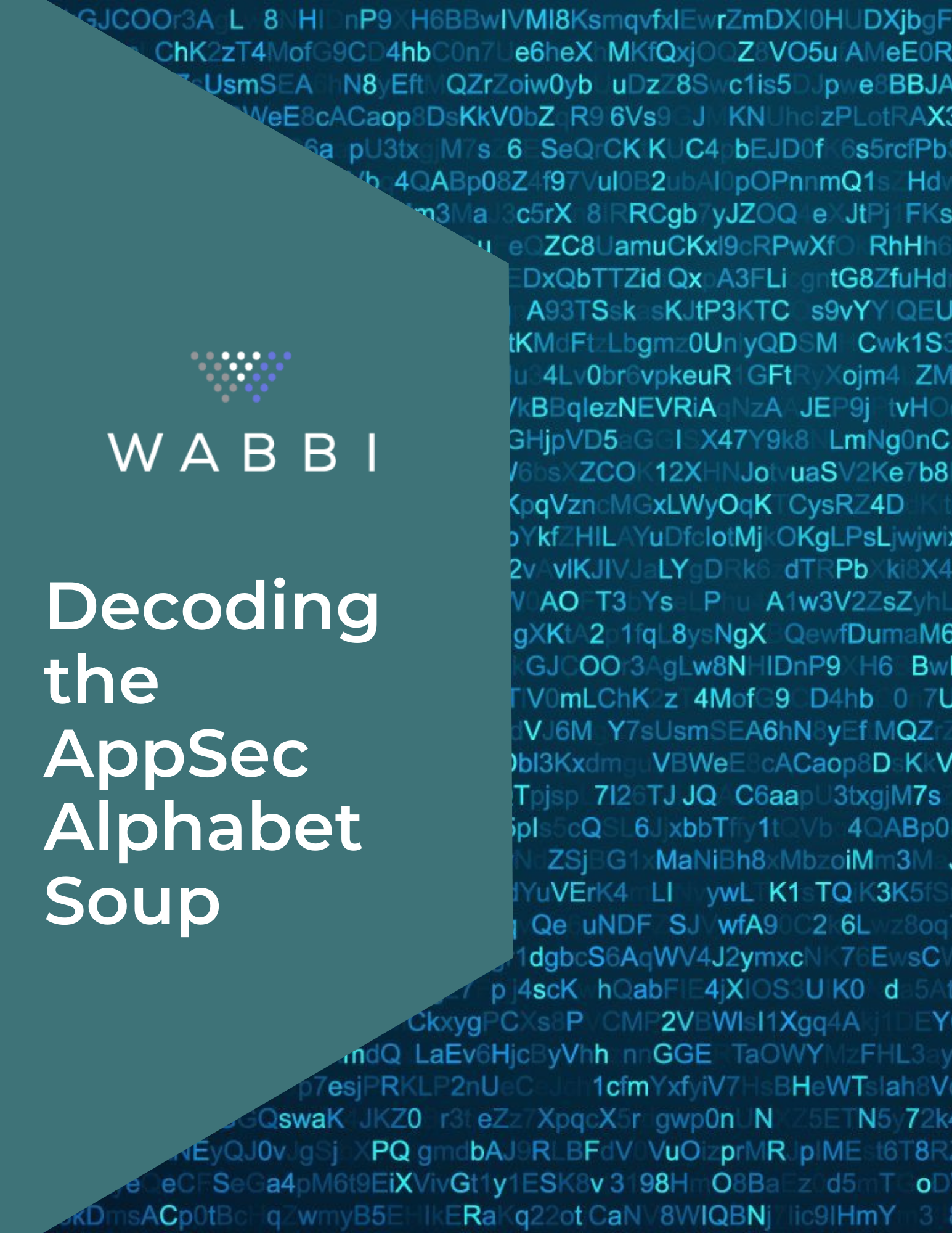
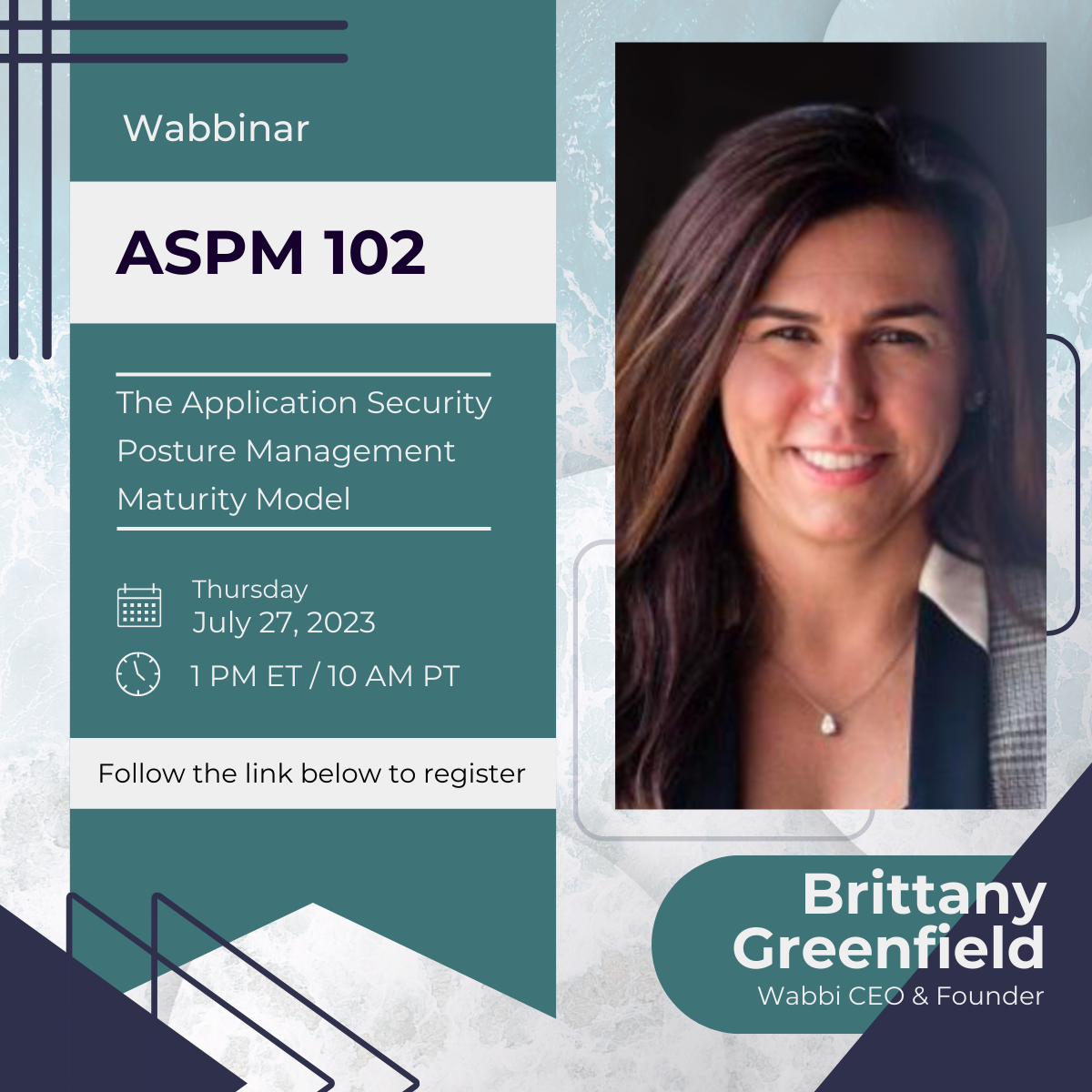

Related Articles

The Cultural Shift Driving Dev Sec Ops Success
The Cultural Shift Driving Dev Sec Ops Success For years, security has been seen as the final step before deployment—a gatekeeper rather than an enabler. But as the software development lifecycle has evolved, so too has the need to integrate security into every phase...
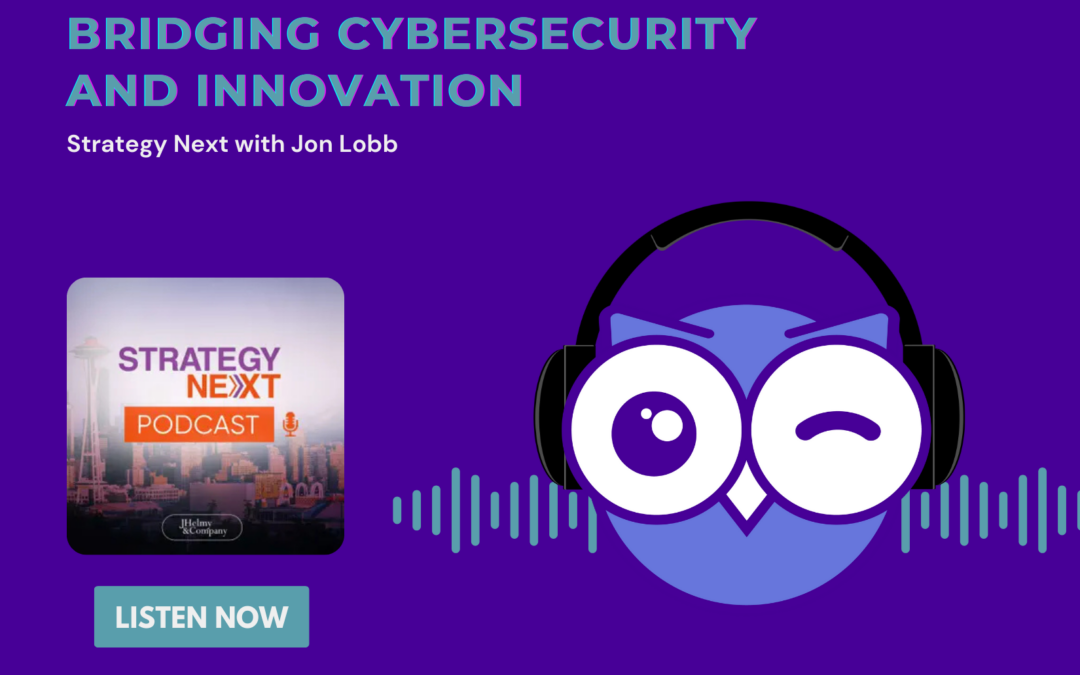
Bridging Cybersecurity and Innovation
Click below to listen to this episode of Strategy Next, where host Jon Lobb sits down with Brittany Greenfield, founder and CEO of Wabbi, to discuss the critical role of foundational security practices, and how organizations can navigate the balance between innovation...

Balancing Act: Integrating Security Seamlessly into User Experience
Balancing Act: Integrating Security Seamlessly into User Experience In today’s hyper-connected world, users expect seamless digital experiences—fast, intuitive, and secure. Yet for many organizations, the traditional tug-of-war between security and user experience...
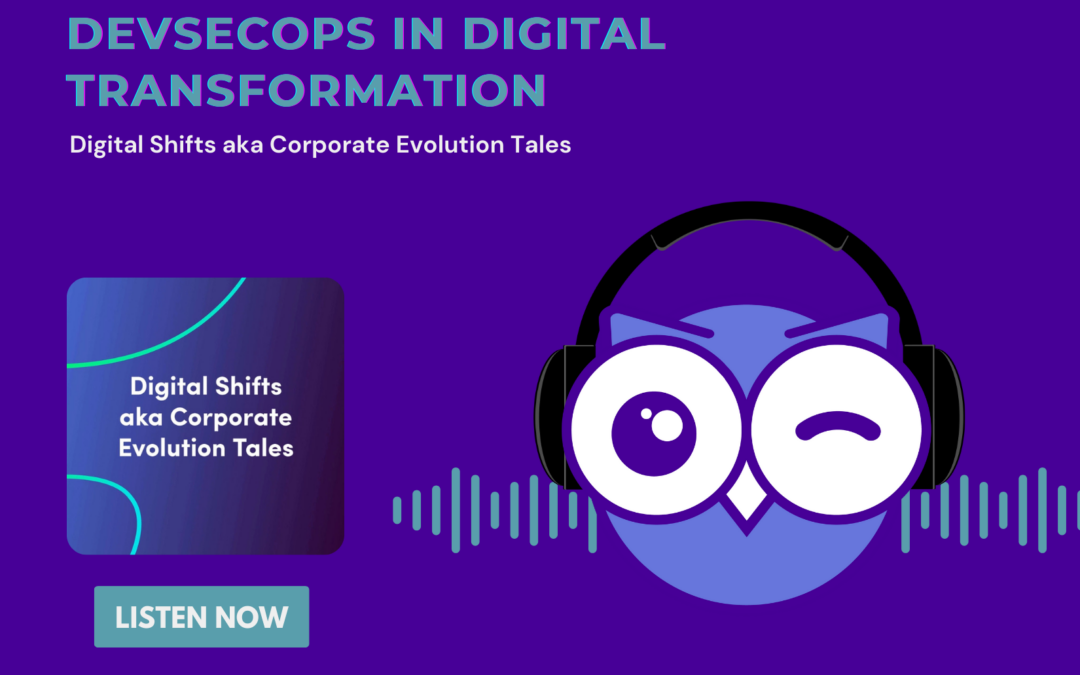
DevSecOps in Digital Transformation
Click below to listen to this episode of Digital Shifts aka Corporate Evolution Tales, where host Mariam sits down with Brittany Greenfield, founder and CEO of Wabbi, to discuss how to align security with business goals, and why transformation is a continuous...

Tech Deep Dives: DevSecOps Secrets
Click below to listen to this episode of Kabir's Tech Dives, where host Kabir sits down with Brittany Greenfield, founder and CEO of Wabbi, to discuss how Wabbi is revolutionizing application security, the role of cybersecurity in development, and why modern...
